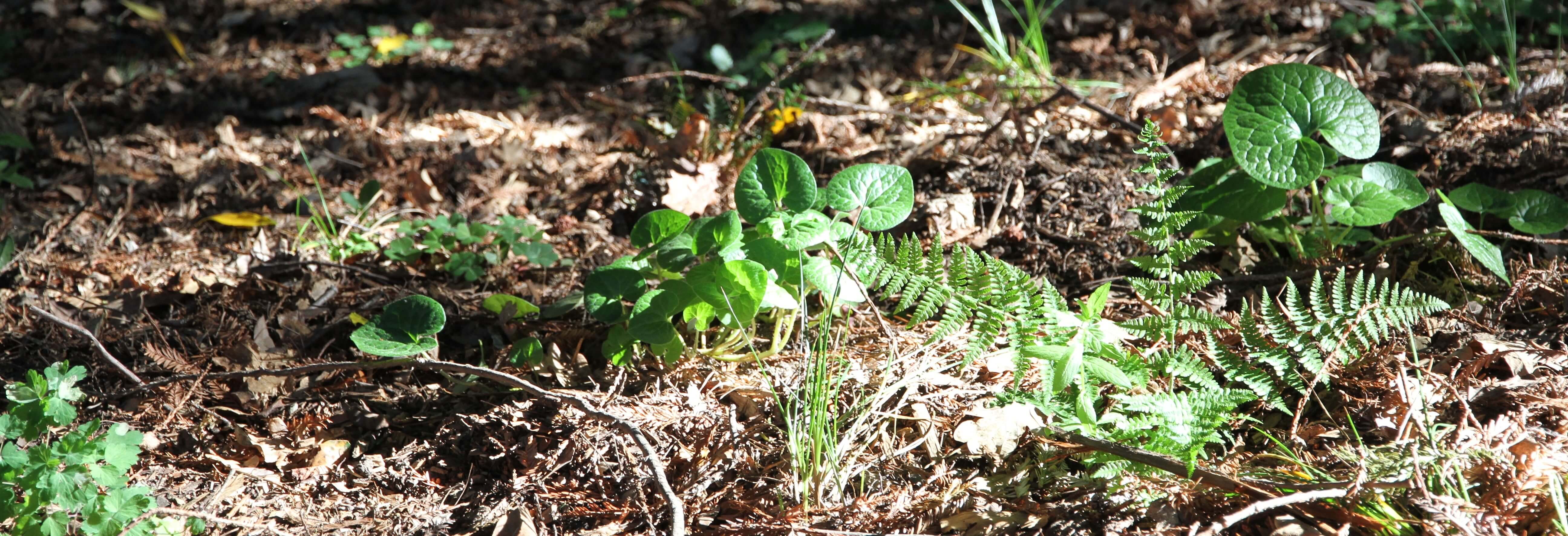Urban creeks
For the first time in history over half of the world’s population live in cities, and contemporary urban landscapes are rapidly expanding. Within these landscapes, low-lying areas like creeks and rivers are particularly susceptible to the effects of urbanization. Altered hydrology, invasive species and human traffic all impede efforts to maintain historical plant communities along urban creeks. In my view, the process of restoring urban creeks therefore highlights the need to set goals that reflect current site conditions and evolving human values. Urban restoration also provides an opportunity to engage a wide community in environmental stewardship.
Dylan Chapple and I have built a research program focused on Strawberry Creek, a stream that flows from the Berkeley Hills through UC Berkeley’s campus. An active restoration program for the creek has involved thousands of UC Berkeley students over the past 25 years. Much of this restoration work has involved removing English ivy (Hedera helix), an invasive plant that blankets many sections of the creek.
In cooperation with UC Berkeley’s Green Initiative Fund, our work on Strawberry Creek addresses the basic question: after ivy is removed, what should be planted? We use a plant functional trait approach to address this question. Several enthusiastic and talented undergraduates have capitalized on the project to develop their senior thesis projects; the breadth and longevity of this research is thanks to them. Our involvement in urban creek restoration was prompted by conversations with the Urban Creeks Council, who continues to advise our efforts.


